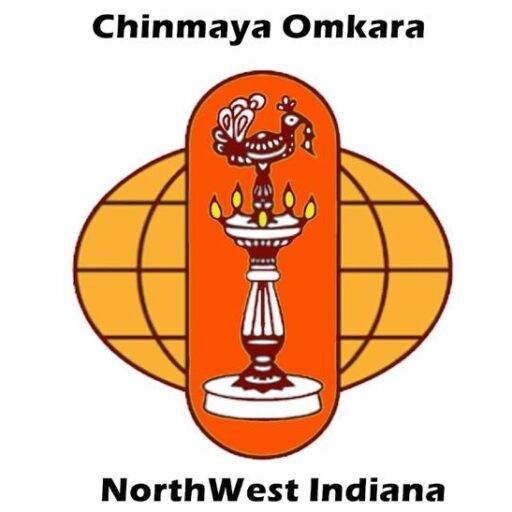Upanishad Course – Chapter 1
Week 1
Seven and half years of Vedanta courses that we have been engaged in together is training in Vichara.
The word vichara comes from the root “Vich” which means “to decipher”/”to filter”.
If one has to filter, then the implication is that there are more than one entity, meaning in Dvaita.
Vichara is only needed in dvaita or duality.
The more trained you are, the more you have come to understand and appreciate differences.
We prioritize our tasks and relationships based on these differences.
In Vedanta, this differentiation is viewed as the difference between the unreal and the real.
The term ‘real’ is treated technically but that which is real should in fact be our reality.
But is it really our reality?
Reality in Sanskrit is called Brahman or Infinity.
Our reality therefore should be Infinity.
The purpose of our Upanishad course is for our reality to be Infinity!
Infinity to be our reality!
All of us are most fortunate to be part of this experience.
If we can all reflect on who we were five years ago and where we are in the present.
We are going to be flowing through a Shāstra.
Shāstra is a science and its purpose is clarity.
Clarity brings conviction and confidence.
Shāstra also means scripture and as seekers we should be following the script of the scripture.
The Shāstra that we will be exploring relates to Adhyātma (Adhi= relating/belonging to, Atma= closest).
When we immerse ourselves in this Adhyātma Shāstra, we will find ourselves less dependent on Shastra (weapons) and have less Shatru (enemies).
Our foremost enemy is ourself. This self is the Anātma (not the Atma, but everything else).
We do not know what to do with this enemy and we resort to Shastras like anger, greed, etc.
Adhyātma Shāstra is also known as Upanishad.
There are two definitions to Upanishad, one is personal and one is more powerful.
The personal definition of Upanishad is “near below sit” (Sad=sit, ni=below and upa=near).
To explore this Adhyātma Shāstra, one has to have the right feeling/vulnerability/openness/humility to sit near and below a guide/new idea.
There are many classifications of Upanishads but we should not get lost in the intricacies/scholarliness of these classifications.
Every Upanishad has the same subject matter, Atma.
It is an exploration to that which is the closest.
Upanishads differ in the way they teach the same subject.
Our goal is to make this theory into application.
In terms of the Atma, no entity can never know this through sheer experience, perception and logic.
This can only happen through guidance. We cannot self teach being Brahman.
Since Atma is closest, we need an authentic and deep sense of guidance to start to tune into this.
This guidance is called The Veda. The trajectory of The Veda is to rediscover who they are.
The Veda is revelation of those who have rediscovered Infinity as their reality.
The Atma as revealed in The Vedas is the ends. However, the means to this ends (Atma) is Dharma.
The only two subject matters in The Vedas are Dharma (means) and Atma (ends).
All the studies we were engaged in the last seven and half years was all part of Dharma (means) that is leading us to Atma (ends).
In our Upanishad course, there is not going to be an emphasis on virtue development.
The expectation is that we already have purity of mind, mind that is balanced, focused and reflective.
We are now shifting from preparation to process.
After Antahkarana Shuddhi, Jnana pramāna (authoritative knowledge) is the next step.
This knowledge should feel more real than any news or relationships.
To summarize, we are engaged in a science.
At this point, to appreciate the science, one needs to be faithful because this science is about the subject (Atma).
Adhyātma Shāstra is also known as Upanishad.
Upanishad is a feeling of humility.
When our mind is balanced and reflective, naturally humility will follow.
With such humility, I approach The Veda.
The Veda is the revelation about that which I cannot reveal by myself.
The Veda has the ends of our reality being that which is real.
There is a means to the ends and that is Dharma.
Dharma is of two kinds, lower and higher.

